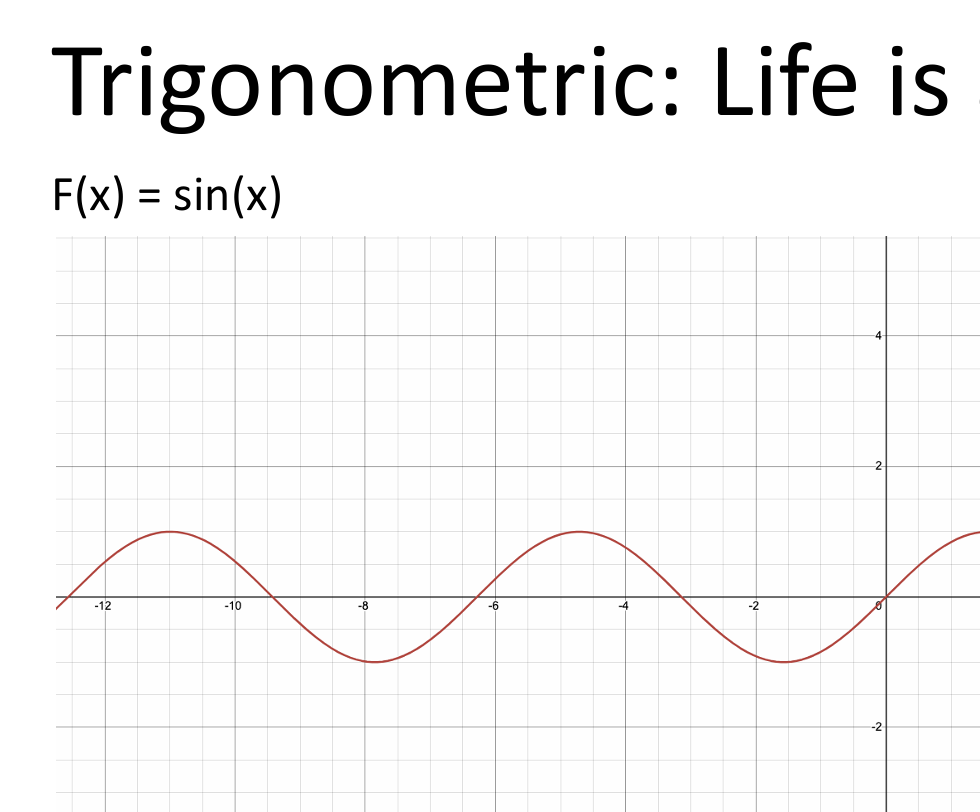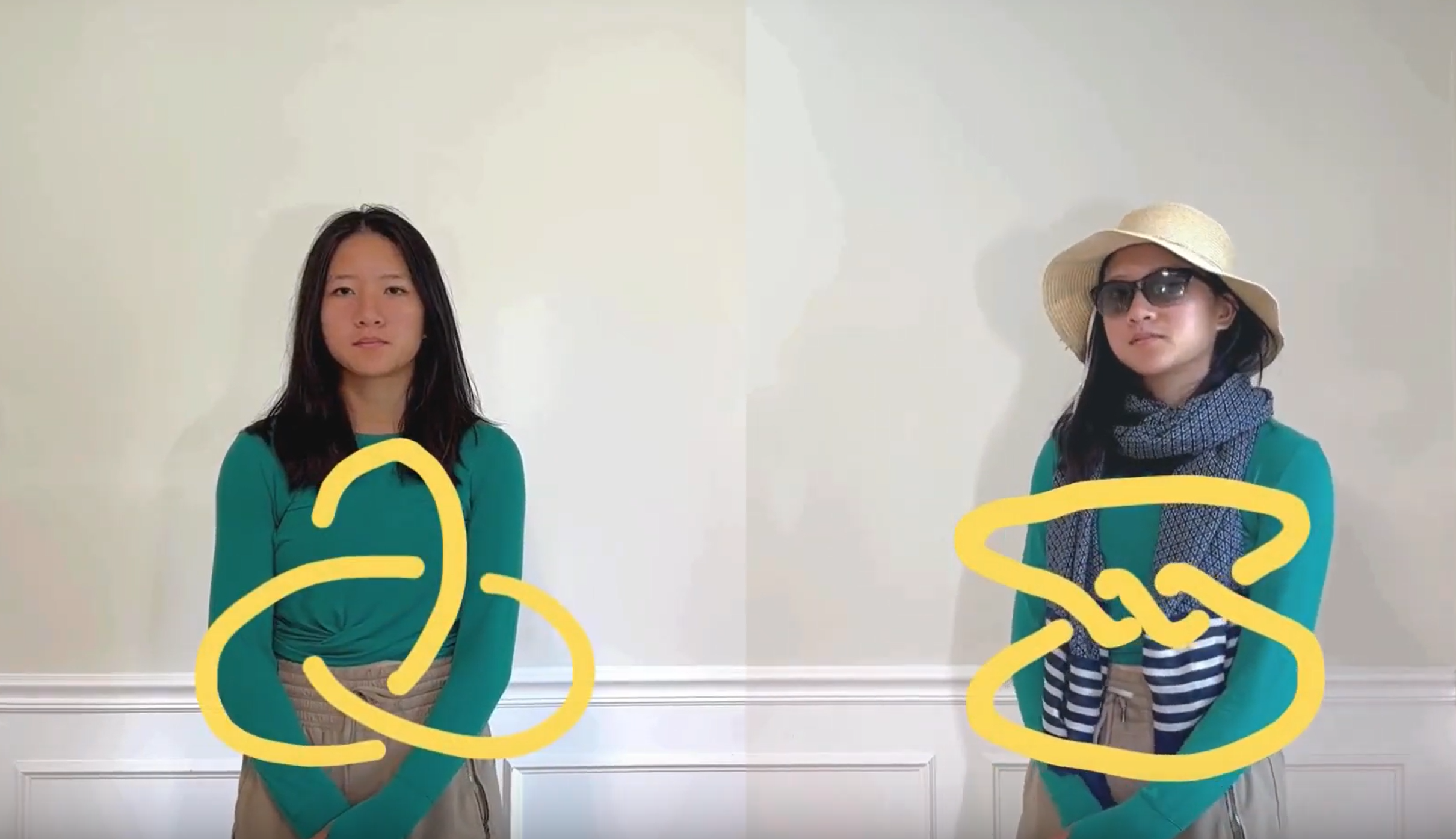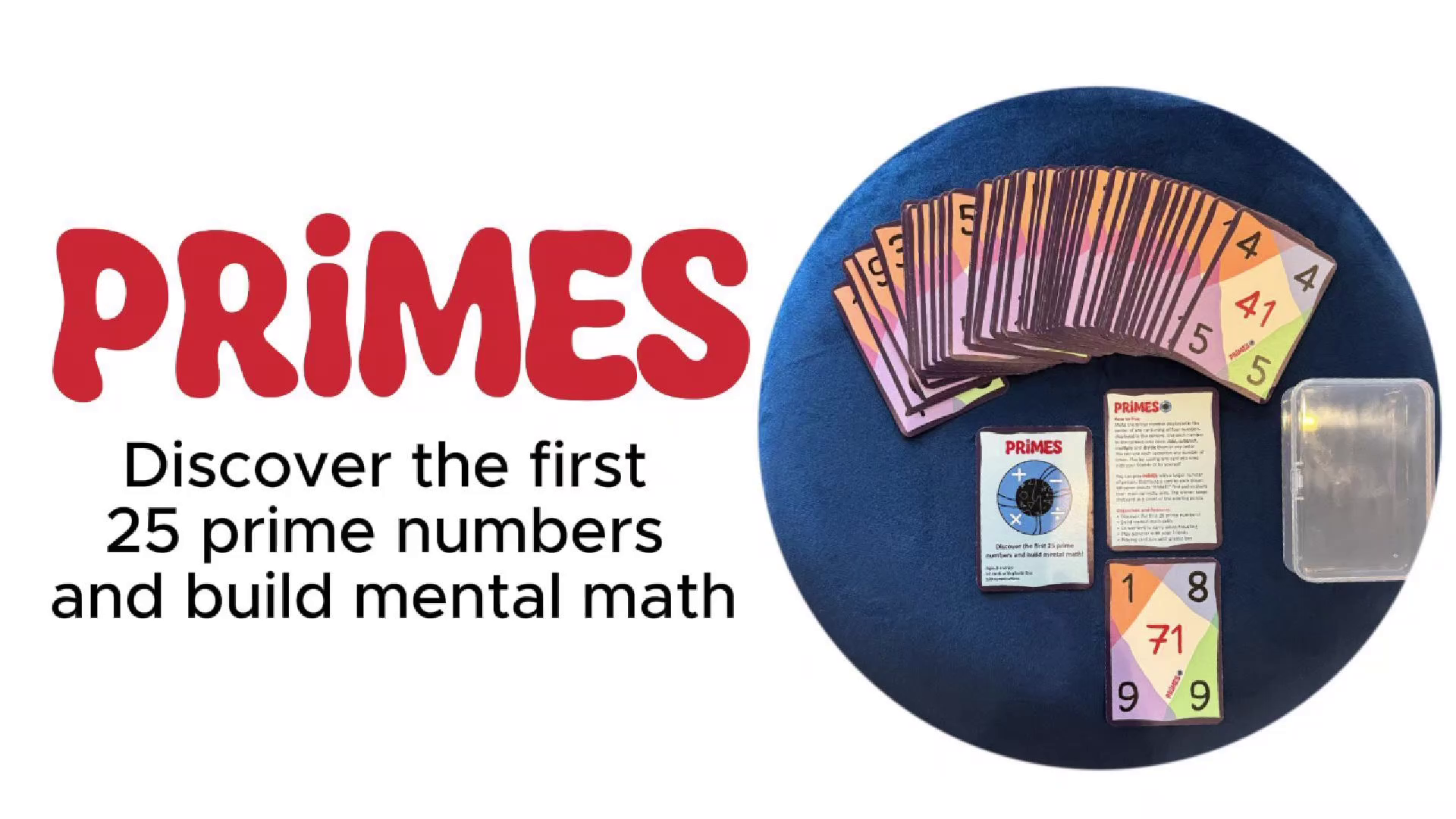Math Monday: Planes and Trains and Polyhedra
by Glen Whitney
[sharethis]
Math Mondays is back from a travel-induced hiatus, but never fear, mathematical making continued unabated during the travels. In fact, on one plane ride, I just happened to have a bit of free time, and the materials to make the roundest 25-hedron possible (more on what that is, later).

Unfortunately, as you all know, I did not have scissors with me on the plane; but I discovered that one can make pretty neat tears in cardstock with some patience and a lot of folding back and forth.

Here’s the outcome of the first half hour or so of the flight:

All the materials and I eventually landed, and a relatively short session with a pair of scissors allowed me to complete the collection of 25 faces:

The next step was to tape them into a net for the polyhedron:

Unfortunately, at this point time pressed again and the project was folded up and went back into a briefcase. Some time later, though, there was an opportunity to pull the pieces out together with a roll of tape during a train ride.

Here it is just before closing up:

And just after:

The whole thing made it back to the MoMath Making Labs successfully:

So what is this thing built during all that travel, anyway? If it’s the roundest polyhedron, how do you measure how round a polyhedron is? Well, there’s a theorem that says “Among all simple closed surfaces with given surface area the sphere encloses a region of maximal volume.” So you can measure how “round” any object is by seeing what fraction its volume is of the sphere with the same surface area — the higher that fraction, the rounder the object. In particular, for any specific number of faces, you can try to see which polyhedron with that number of faces has the largest fraction of the volume of the sphere with the same surface area. That’s the roundest one. It probably won’t surprise you that the regular tetrahedron is the roundest among all polyhedra with four faces, and the same goes for all Platonic solids. But the answer is not as clear for other numbers of faces, and today’s peripatetic polyhedron just happens to be (as computed by Alan Schoen) the roundest with 25 faces. Also remarkable is that Schoen did the calculation and plotted the images in 1986, in the early days of computational geometry and well before Math Mondays was around to celebrate his discovery.
This article first appeared on Make: Online, December 30, 2013.












